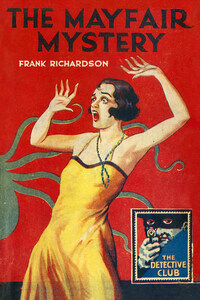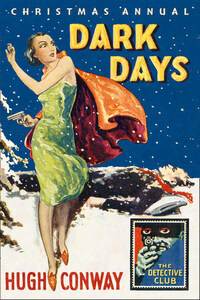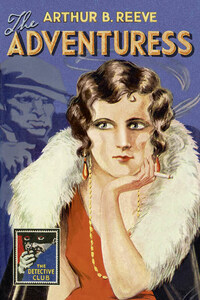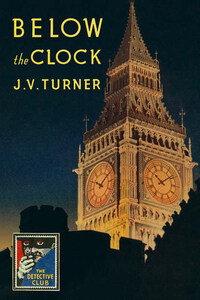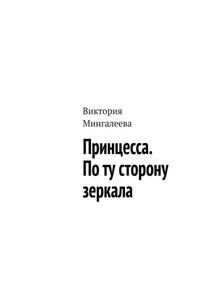Published by COLLINS CRIME CLUB
An imprint of HarperCollinsPublishers Ltd
1 London Bridge Street
London SE1 9GF
www.harpercollins.co.uk
First published in Great Britain as 2835 Mayfair by Mitchell Kennerley 1907
Published as The Mayfair Mystery by The Detective Story Club Ltd
for Wm Collins Sons & Co. Ltd 1929
Introduction © David Brawn 2015
Cover design © HarperCollinsPublishers Ltd 1929, 2015
A catalogue copy of this book is available from the British Library.
This novel is entirely a work of fiction. The names, characters and incidents portrayed in it are the work of the author’s imagination. Any resemblance to actual persons, living or dead, events or localities is entirely coincidental.
All rights reserved under International and Pan-American Copyright Conventions. By payment of the required fees, you have been granted the non-exclusive, non-transferable right to access and read the text of this e-book on screen. No part of this text may be reproduced, transmitted, down-loaded, decompiled, reverse engineered, or stored in or introduced into any information storage and retrieval system, in any form or by any means, whether electronic or mechanical, now known or hereinafter invented, without the express written permission of HarperCollins.
Source ISBN: 9780008137083
Ebook Edition © August 2015 ISBN: 9780008137090
Version: 2015-07-06
Wm. Collins Sons & Co. Ltd. was celebrating exactly 100 years of book publishing when in the spring of 1919 Sir Godfrey Collins and his staff announced its first detective novel—The Skeleton Key by Bernard Capes. Capes, a prolific and versatile writer best known for his ghost stories, had delivered his manuscript to Collins shortly before falling prey to the worldwide flu pandemic in the autumn of 1918, and died before his most lucrative book in a 20-year writing career was published.
Sir Godfrey, who had served in the Victorian navy and later entered politics to become a Liberal M.P. and later Secretary of State for Scotland, had become head of publications at the Glasgow-based printing company in 1906 when his uncle, the ambitious and colourful William Collins III, plunged to an untimely death down an empty lift shaft in a freak accident at his Westminster flat. It is not known now whether Sir Godfrey had intended The Skeleton Key to be a one-off book or the start of a new initiative, but its immediate success coincided with a growing post-war interest in modern exciting fiction based on crime and mystery. Within ten years of The Skeleton Key, Collins had built up a rich stable of reliable and popular crime writers, among them Lynn Brock, J. S. Fletcher, Anthony Fielding, Herbert Adams, John Stephen Strange, Hulbert Footner, G. D. H. & M. Cole, J. Jefferson Farjeon, Vernon Loder, John Rhode, Francis D. Grierson, Miles Burton, Philip MacDonald, Freeman Wills Crofts and, in 1926, Agatha Christie.
Nearly all new novels in the early 1920s were hardback, usually costing 7/6 each, and the most popular titles were frequently rejacketed and reprinted in a ‘cheap edition’, still in hardcover but often smaller in size and always on cheaper paper. In fact, the idea of making cheap hardbacks out of popular copyright fiction by living authors (as opposed to nineteenth-century classics, as had been the convention) was one of Godfrey Collins’ earliest initiatives. His revolutionary ‘Books for the Million’ first went on sale in May 1907, but to Collins’ dismay rival publisher Thomas Nelson beat them into the shops with the same idea just three days earlier.
By 1928 Collins had pretty much cornered the market in this area with a rapidly growing number of different series, including
